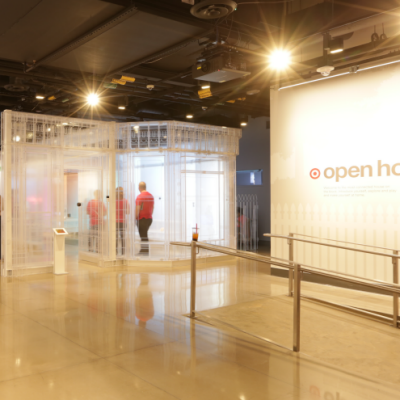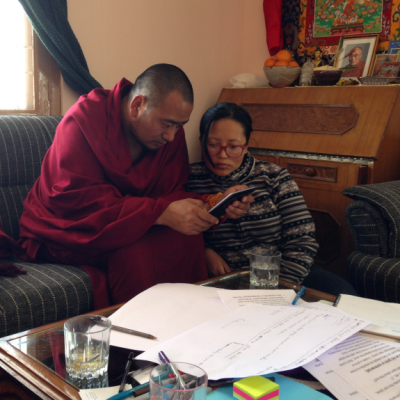Student Notable
Strategy & Research Award
Core77 Design Awards 2016
In Their Shoes
Nursing homes in Oslo, Norway are undergoing extensive changes. After a city-wide reorganization of over 50 homes, the Development Center for Nursing Homes was looking for a way to improve communication in the different wards. After observing four different shifts, and conducting additional interviews, I found there was more to it than just communicating between team members. There was a larger issue at hand. Many staff members felt like there were so many changes happening, it was hard to keep track. As soon as they were used to one way of doing things, it would be replaced by a new method with new requirements. Change fatigue had made many people wary of new policies.
As one nurse told me, "The people who make decisions about my day are so high up, they don't see what's really happening." Without fully understanding how it would affect the staff members, any new changes couldn't reflect the realities of working in the homes. Employees in the homes have a wealth of knowledge, experience, and insight that should be a part of each new initiative. Previously, surveys, interviews, and even tracking devices were the methods used to gather information about medical staff in Oslo. My research contained more nuance and was rooted in the every day experience of the staff. The depth of my observations wasn't something they had seen before, and was relevant for several projects that were running concurrently, beyond communication. So that became the focus of this project. How can we keep the employees' expertise and perspective relevant during development projects? I wanted to create a resource that could form a common foundation for many changes within the homes, keeping it grounded in reality. The result is a tool that contains information from my research as well as guidance and inspiration for future projects.
In Their Shoes is an interactive resource for development and innovation in nursing homes. This resource is available for use by anyone who is working in or with the homes, from administrators, to consultants, to policy makers. The intention is to highlight and preserve the experiences and perspectives of the employees in the homes.
The uploaded project PDF is the finished, interactive resource currently in use. It's best viewed full screen. Feel free to click around and explore the contents.
 Front Page
The first page of the finished resource. It's an interactive PDF that hopes to highlight and explain the daily life of working in a nursing home, and provide guidance for future projects.
Liz LeBlanc
Front Page
The first page of the finished resource. It's an interactive PDF that hopes to highlight and explain the daily life of working in a nursing home, and provide guidance for future projects.
Liz LeBlanc
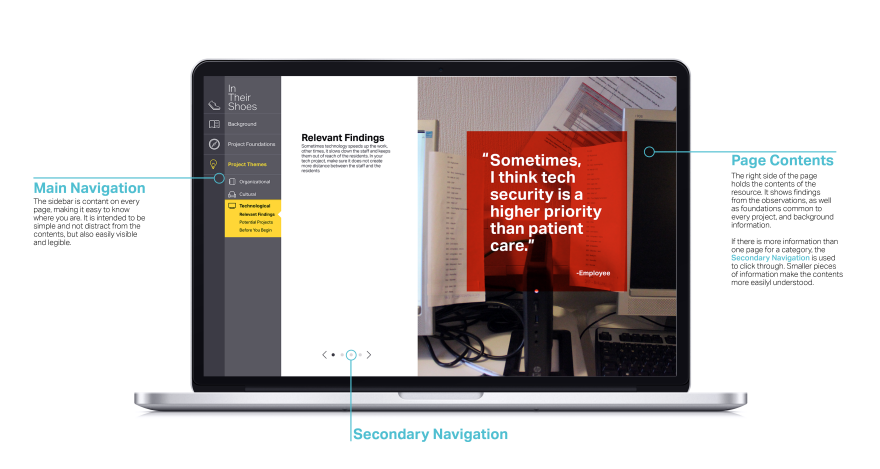 How to Navigate
I kept the navigation simple to keep focus on the content. Highlighted sections act as a "you are here".
Liz LeBlanc
How to Navigate
I kept the navigation simple to keep focus on the content. Highlighted sections act as a "you are here".
Liz LeBlanc
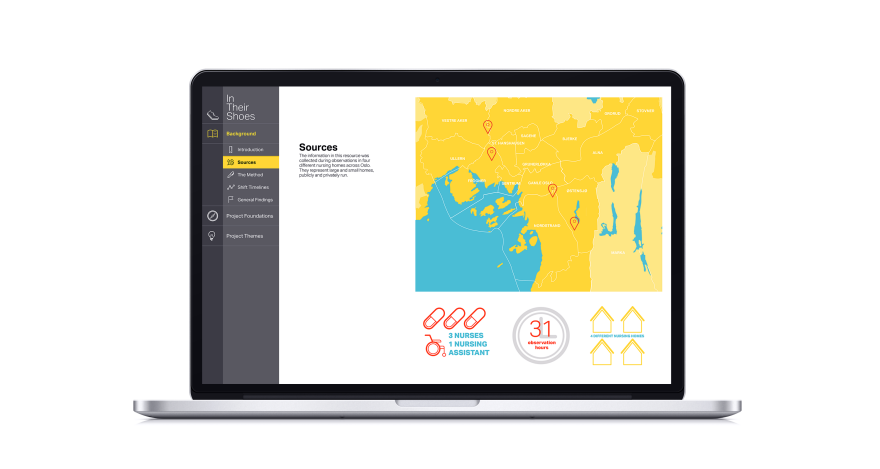 Providing Background
The Background section of the resource shows where I visited, explains observational research methods, and shares overall findings.
Liz LeBlanc
Providing Background
The Background section of the resource shows where I visited, explains observational research methods, and shares overall findings.
Liz LeBlanc
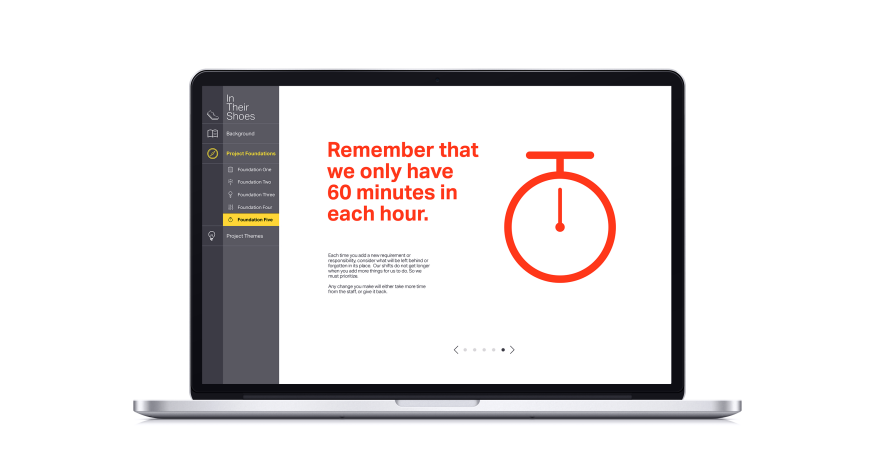 Project Foundations
Project Foundations are statements that reflect patterns I found in the research. They are written in the voice of the staff, as requests, not rules. Their purpose is to remind anyone working on a new project of the obvious things that are often forgotten. The staff only has so much time. Each time a new responsibility is added, it's important to consider what might get bumped off the to do list.
Liz LeBlanc
Project Foundations
Project Foundations are statements that reflect patterns I found in the research. They are written in the voice of the staff, as requests, not rules. Their purpose is to remind anyone working on a new project of the obvious things that are often forgotten. The staff only has so much time. Each time a new responsibility is added, it's important to consider what might get bumped off the to do list.
Liz LeBlanc
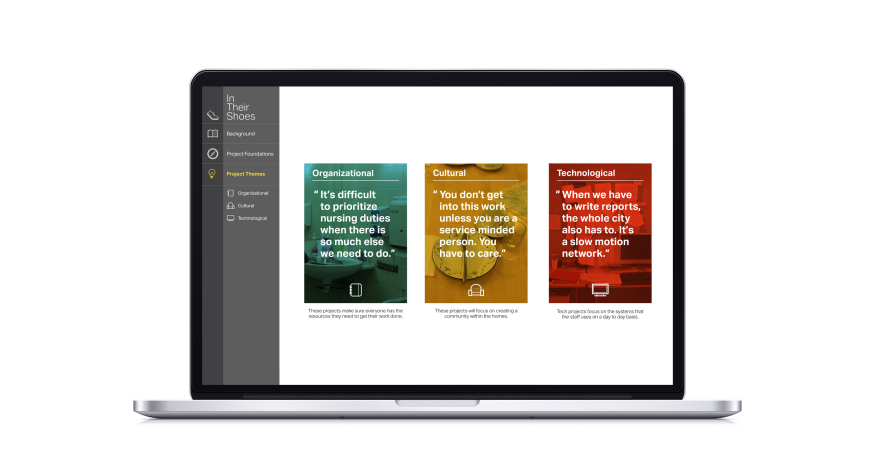 Project Themes
The main body of the resource is located in Project Themes. This makes the information easier to find and share. Each theme contains relevant findings from my research, inspiration for new projects, and guidance to consider if the user is planning a project in that theme.
Liz LeBlanc
Project Themes
The main body of the resource is located in Project Themes. This makes the information easier to find and share. Each theme contains relevant findings from my research, inspiration for new projects, and guidance to consider if the user is planning a project in that theme.
Liz LeBlanc
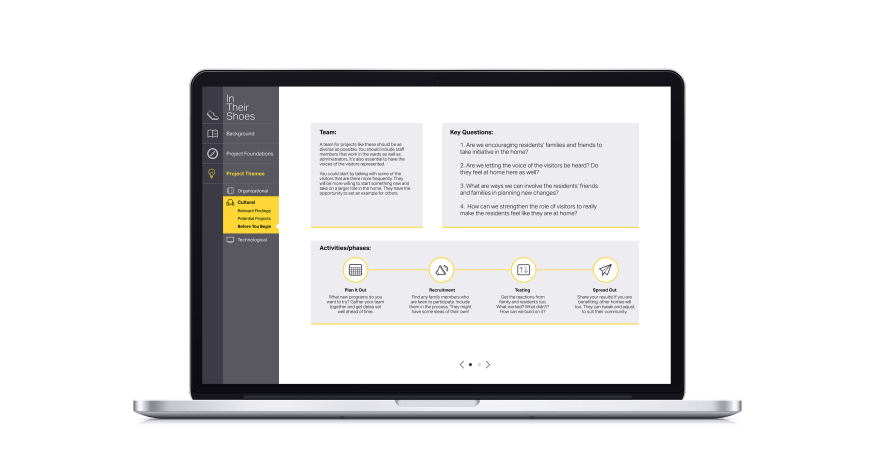 Project Guidance
Each of the themes has different requirements. This section is to serve as guidance for people working on new or existing projects. It gives the general overview and tips for who you may want to include on your team. Plus key questions to get your group thinking.
Liz LeBlanc
Project Guidance
Each of the themes has different requirements. This section is to serve as guidance for people working on new or existing projects. It gives the general overview and tips for who you may want to include on your team. Plus key questions to get your group thinking.
Liz LeBlanc
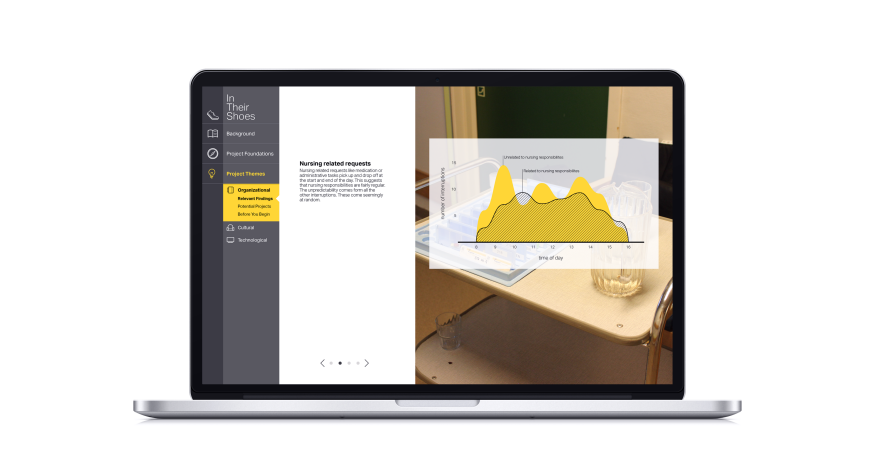 Challenging assumptions
The level of detail in my notes allowed me to get a more nuanced view of the wards. Many people had correctly assumed that nurses are interrupted more often than nursing assistants because the nurses have more responsibilities. However, less than half of their interruptions were nursing related. Here you can see those interruptions over the course of the day.
Liz LeBlanc
Challenging assumptions
The level of detail in my notes allowed me to get a more nuanced view of the wards. Many people had correctly assumed that nurses are interrupted more often than nursing assistants because the nurses have more responsibilities. However, less than half of their interruptions were nursing related. Here you can see those interruptions over the course of the day.
Liz LeBlanc
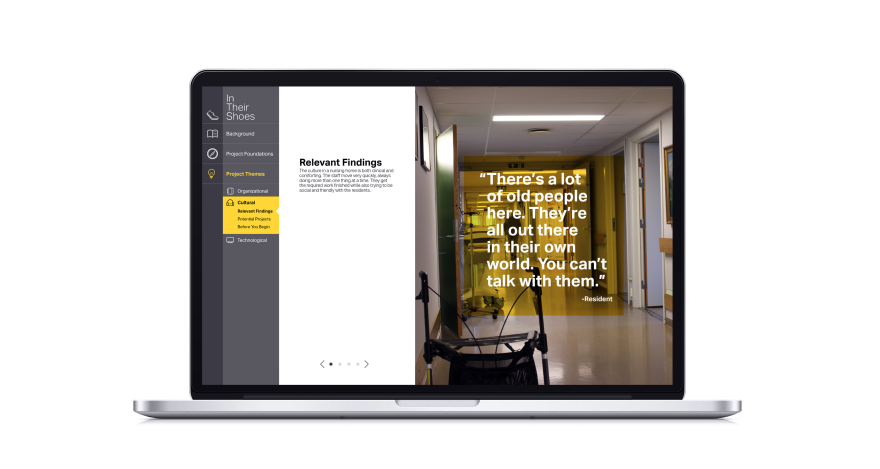 The Patient's Voice
I had the chance to talk with a few patients during my shifts. I wanted to make sure I kept their voice in this too. The patients need more than just medical care from the staff. Many of them rely on the staff for social needs as well. They cherish the moments of small talk with those around them. But often the staff are too busy or rushed to take the time.
Liz LeBlanc
The Patient's Voice
I had the chance to talk with a few patients during my shifts. I wanted to make sure I kept their voice in this too. The patients need more than just medical care from the staff. Many of them rely on the staff for social needs as well. They cherish the moments of small talk with those around them. But often the staff are too busy or rushed to take the time.
Liz LeBlanc
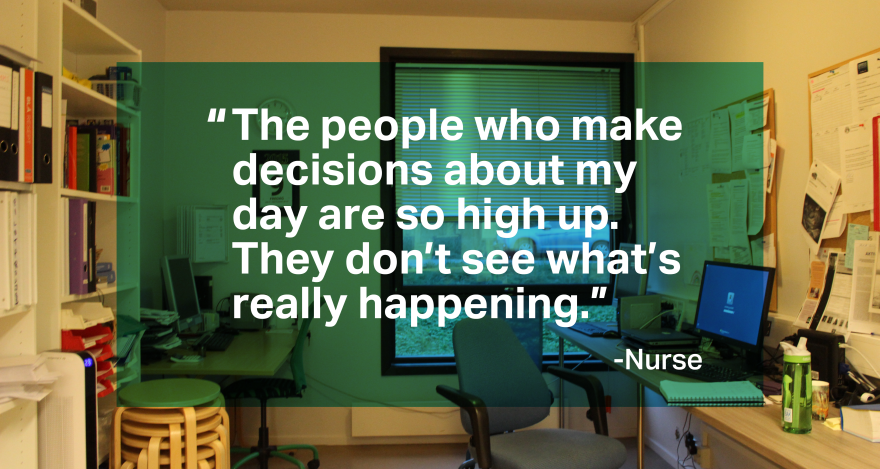 The core of the project
This project is very much focused on the people I worked with. I hope accurately represent their world.
Liz LeBlanc
The core of the project
This project is very much focused on the people I worked with. I hope accurately represent their world.
Liz LeBlanc
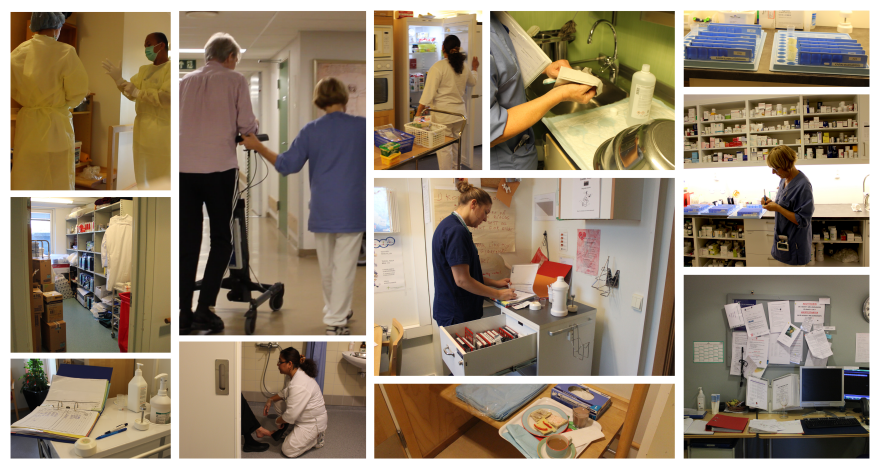 Observational Research
A selection of photos from my observations. I shadowed three nurses and one nursing assistant during daytime, weekday shifts. They were roughly 8 hours each. I owe this whole project to these people. They were kind and open and brave and wonderful.
Liz LeBlanc
Observational Research
A selection of photos from my observations. I shadowed three nurses and one nursing assistant during daytime, weekday shifts. They were roughly 8 hours each. I owe this whole project to these people. They were kind and open and brave and wonderful.
Liz LeBlanc
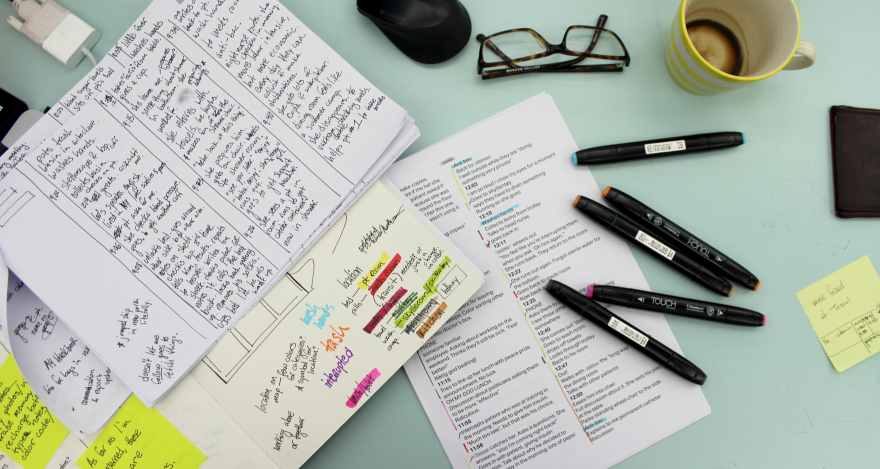 Extensive Notes
I hand wrote notes, as much as possible, during the four shifts. When I got back to the studio I typed the notes, then color coded and analyzed them. I marked when they changed rooms, what they were doing, who they spoke to, and when their work was interrupted by someone. I also took some photos and video, but wanted to remain as unobtrusive as possible.
Liz LeBlanc
Extensive Notes
I hand wrote notes, as much as possible, during the four shifts. When I got back to the studio I typed the notes, then color coded and analyzed them. I marked when they changed rooms, what they were doing, who they spoke to, and when their work was interrupted by someone. I also took some photos and video, but wanted to remain as unobtrusive as possible.
Liz LeBlanc
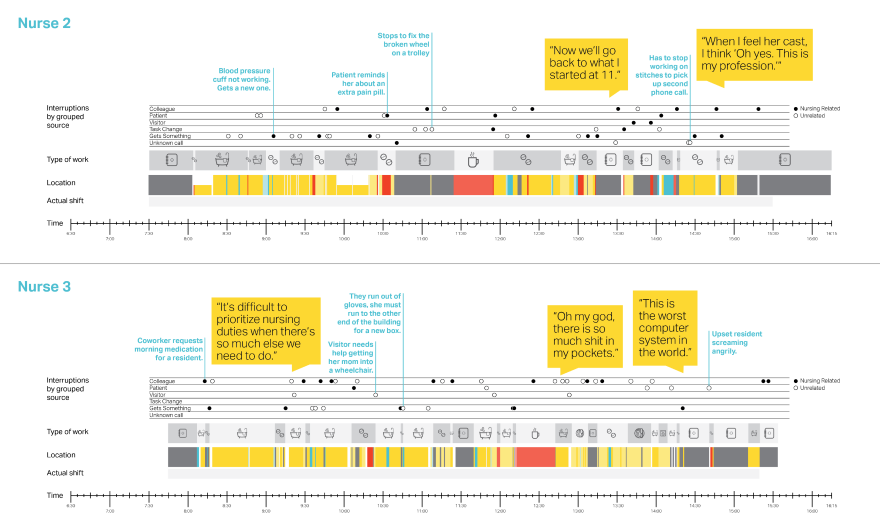 Two Nurses' Days
I converted my notes into visuals to show the complexity of their days. Here you can see two of the nurses, where they went, different kinds of work they do, how many times they are interrupted each shift, and where those interruptions come from. I've highlighted a few typical examples of interruptions and quotes from them throughout the day. The project group was especially excited to be able to share a picture of these days and pick out patterns.
Liz LeBlanc
Two Nurses' Days
I converted my notes into visuals to show the complexity of their days. Here you can see two of the nurses, where they went, different kinds of work they do, how many times they are interrupted each shift, and where those interruptions come from. I've highlighted a few typical examples of interruptions and quotes from them throughout the day. The project group was especially excited to be able to share a picture of these days and pick out patterns.
Liz LeBlanc
Simple Beginnings
During our first meeting, Torunn explained that they had a project in place to look at employees' daily tasks in the long term nursing homes. Sometimes things fall through the cracks, but they didn't know why.She said that they would need help getting the project concrete enough to bring into development. Essentially, they didn't know what the real problems were, and needed to make them more tangible before they started to address them.
What kind of project is this?
This project started out by trying to find out why things slip through the cracks. But once I found the cracks, the project changed. When I presented the research phase, I learned that the way I'd done it was something new to them. The method itself was valuable. They hadn't seen research with this kind of depth and detail. I was able to show them the same nursing homes they'd always known, but from a very different perspective.
I uncovered complications within the larger system that would make it difficult, if not impossible to implement any new service I could come up with. So rather than layering on another set of solutions and trying to prototype in such a rigid place, I reacted to what they needed. The project team needed to understand the realities of working in the homes and the employees needed a way to be represented in the process.
This is a project about the power of visualization and the rich depth of insight that comes from simply observing. It underlines the importance of listening, of designing with empathy. This project aims to support the Development Center in their future work by keeping the voice of the employees, and the reality of the wards, relevant for each new project. This project has a much wider focus and attempts to address larger issues within the nursing home administration, not just the day to day tasks of the employees.
Employees don't feel heard
Most often, when there needs to be research done about the homes, they use surveys, or brief interviews, or occasionally tracking technology. One nurse said the quote above when describing a new report that had been released by a political organization. She was frustrated that nursing home employees had been deemed "not effective enough". The report had lumped all employees from every home into one blanket statement. She had invited the author of the report to come and see for himself, but he hadn't replied at the time of the quote. This kind of top down instruction and categorization leaves the staff feeling like they can't keep up with one set of changes before another comes along.
A new way of looking
When I shared my initial findings with Torunn, her first response was surprise. I'm not sure what she was expecting me to find, but I don't think it was this level of detail. This kind of visualization and the detailed nuances that were uncovered are a sharp contrast to work that has been done before. Rather than just looking at the overall patterns, I chose to dig deep into the minutia.
I used interviews and observational research methods to learn what it's like to work in a nursing home. I shadowed 3 nurses from the moment they arrived at work until they were ready to leave for the day. I also shadowed one nursing assistant for five hours of the 8 hour shift. In total, it was 31.5 hours of observation. My recording method was simple: a camera, a clipboard, blank paper, and several back up pens. I took a few photos and videos, but mostly I wrote. I wrote everything they did, who they talked to, where they went. I checked the time every few minutes and used that to time stamp my notes. The work was incredible. As far as I was concerned, these people are time travelers. They manage to get so much done in every minute. When I got back to the studio I dissected the notes as far as I could. I mixed and matched pieces of information until I could start to understand why the homes where the way they were. I learned why the residents feel the homes are understaffed. I learned when the quietest part of the schedule was. I knew which tech systems were helping, and which weren't.
I suddenly knew so much about what it meant to work there. But how could I share this? How could I be the voice for these employees?
What did I make?
The final deliverable for this project is an interactive resource that contains information for different types of new projects, the most relevant findings from my observations, as well as larger understandings that need to be common in all nursing home development projects.
What I realized when talking with the project group is that they already had most of my ideas for improvements. They would say, "Oh, that's just like what they're doing over here." Or, "yes, we have proposed something similar." Rather than view this as a negative, that all my ideas were taken, I saw it as encouragement. This meant that my ideas were valid. I saw the nursing homes as people working in them every day saw them.
This also made me understand the larger value of the work I had done. I wouldn't be doing them much of a service to pile more projects onto what they already have. Rather than end in one project, my work will serve as a common ground for many more.
It contains general knowledge about the homes as well as detailed findings to help make decisions. The contents of the resource are broken into small pieces and categorized, so they are easily found. I included as many photos and quotes and possible. The goal is to communicate, with as much detail as possible, what it's really like to work in a nursing home. Really, it's imploring the user to look closer at things they think they know. It hopes to keep the voice of those caring for our aging family members relevant and available. The purpose of this resource is not to say "Ok, we read it. Now we know everything." The intention is to get the reader to understand that there's so much they should take into account when working in this space, and that the employees have a wealth of experience and information to share.
Who is it for?
The resource is intended to be used by anyone working within the nursing homes to make changes or new developments. The users could be administrators, project managers, directors, or outside consultants. Because of the wide range of potential users, my goal was to break down the information into small, easily understandable pieces. That way, each page could offer something valuable on its own and you wouldn't have to read every page to get something out of it.
Why?
The project group talked about the work in a much broader perspective than just one project. They know better how to apply these findings than I do. That's why the material is presented this way. It is intended to create as much value for the Development Center as possible. It's meant to be actionable, informative, and engaging, but also universal enough that it could apply to many homes, long and short term, public or private.
The form of an interactive PDF was one of convenience and necessity. I wanted to make it easy to share among team members. They could bookmark particularly relevant pages and add notes or comments. Making it interactive makes it much less likely that someone will simply skim through it. It invites the user to dig in and engage with the findings, while still being a small enough file size to share through email.
Today
The team felt the project was very useful and relevant for their work. They also had a change in mindset. In the beginning, they had assumed that technology would be the answer. They could set up an app or a notification system. In the end, they realized that organizational changes would be faster, cheaper, and could go farther.
As of April 2016, the work has been presented to different groups within the nursing home organizations in Oslo, with plans to share with more. I presented it at a nursing seminar and it was shared with all the participants. Because it is small enough to email, it's impossible to say how many people have seen or used it. The next presentation is scheduled for June.
It is a very good example of a framework which has the ambition to connect insights from nurses in nursing homes with the decision makers in the healthcare system.
Strategy & Research Award See All Honorees
Core77 Design Awards 2016
-
Winner
Target Open House
By Local Projects
-
Runner Up
Internet Freedom Needfinding Framework
By SecondMuse
-
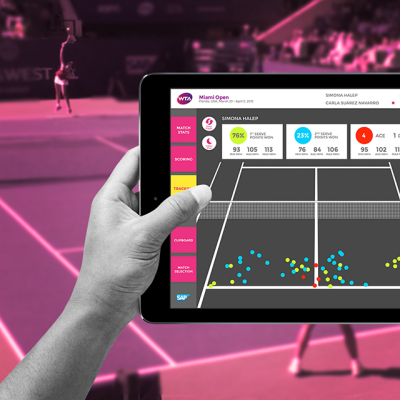 Notable
NotableSAP Tennis Analytics for Coaches
By SAP Design & Co-Innovation Center
-
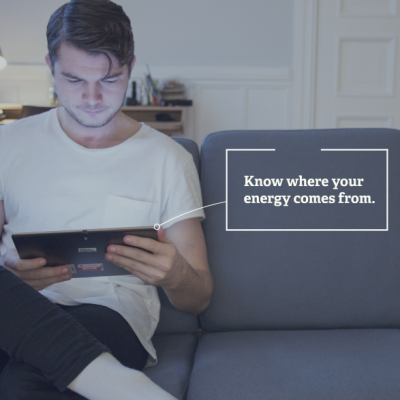 Student Winner
Student WinnerPotential Energy - Exploring service opportunities in energy producing neighbourhoods
By Camilla Monrad-Krohn, Ask Helseth
